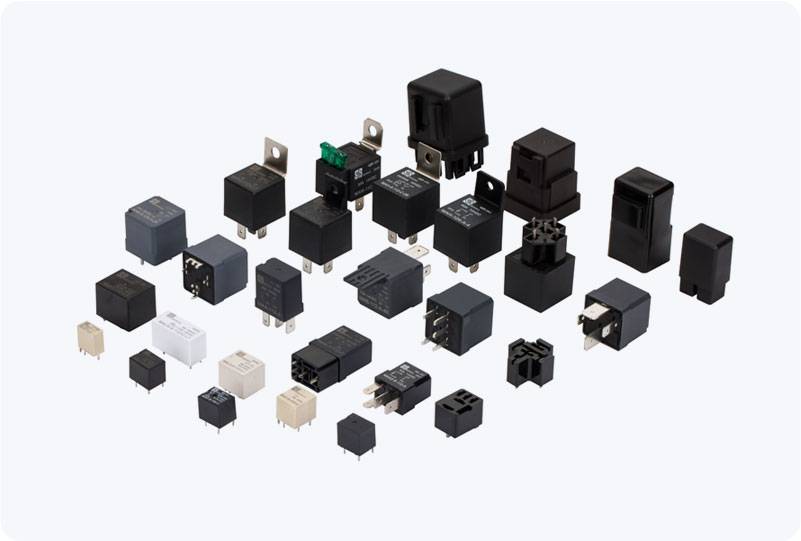the role of telecommunication relay in modern communication systems
Release time:2025-05-21 20:57:52
Telecommunication relay plays a pivotal role in the efficient functioning of communication systems by ensuring that signals are transmitted over long distances or through complex terrains without significant degradation in quality. In the modern era of global connectivity, telecommunication relay systems have become indispensable for maintaining uninterrupted communication across various channels, including wireless, satellite, and fiber-optic networks. This article explores the significance, types, and applications of telecommunication relays in contemporary communication systems.

Understanding Telecommunication Relay
At its core, a telecommunication relay is a device or system that amplifies, retransmits, or redirects signals from one point to another. The primary goal of a relay is to overcome the challenges posed by long-distance communication, where signals can degrade due to distance, environmental interference, or physical obstacles. Relays help in ensuring that signals maintain their integrity and strength as they traverse the communication medium, thus enabling reliable transmission between two or more distant locations.
Telecommunication relays can be categorized into different types based on their working principle, application, and the type of signal they handle. These include radio relays, satellite relays, optical relays, and digital relays. Each type serves a unique purpose, addressing specific challenges in their respective fields.

